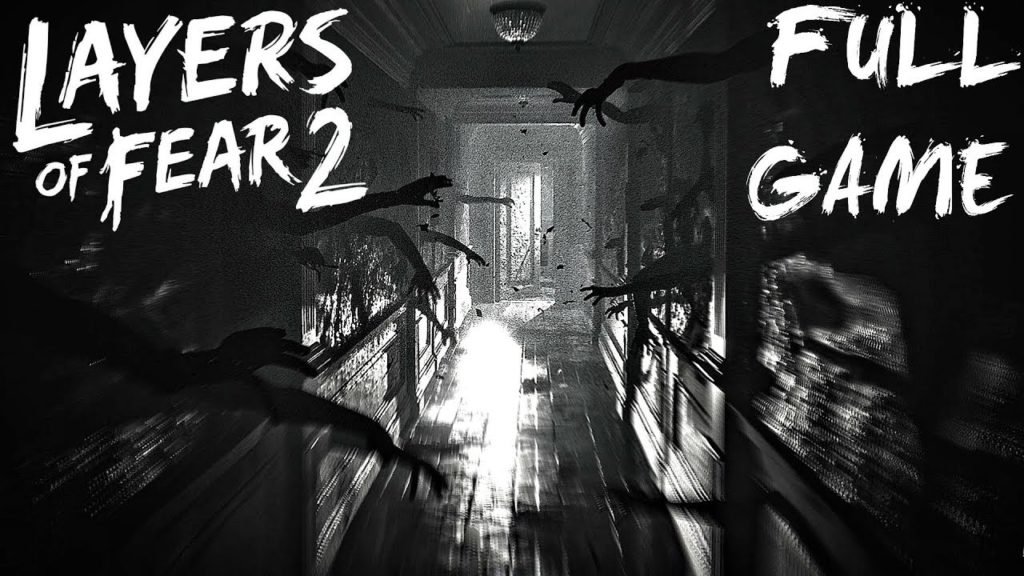
The most common causes of this issue are: The worst way to appreciate a rollercoaster, as we found out too late, is to be searching in the footwell for coins and bits of rubbish.Your IP address has been temporarily blocked due to a large number of HTTP requests. The best approach to a ride is to buckle in, lift the arms out of the carriage and enjoy the feeling as you’re tossed and turned.

More so than most horror stories, Layers of Fear is a rollercoaster – one that often goes backwards and forwards, and the track gets replaced by other pieces of track – but it is a rollercoaster nonetheless. If you are looking to belatedly play Layers of Fear, please learn from our lessons. The house was more interesting than the story that caused it. Who are you? Are you the father in the tale? What was the final fate of the family? Where are the supernatural elements coming from? There’s a hint of The Shining to this tale of obsession and murder, but – I will be honest – it was too patchy to be satisfying. There are several mysteries in Layers of Fear, and the game is not particularly interested in answering them. The jump-scares feel moderately earned as a result. When it works, it’s often because the jump-scares have reinforced that this is a haunted house constructed as a puzzle box, shifting and warping as you walk. Layers of Fear mostly gets it right, although the emphasis is still on mostly: it can still be cheap. The jump-scare is a much-maligned art, and most of the time it’s done badly – an artificial and sudden spike when there isn’t any tension, or a cheap payoff when there’s a bucketload of tension. The other two paints in Layers of Fear’s paintbox are the ‘jump-scare’, and the mystery that plays at its heart. A room that caused panic by putting bricks behind every door, then revealing that the solution was ‘up’, will stay in the memory. and made it into an entire game, as well as paved the way for games like Visage and, obviously, Layers of Fear 2. It had its foibles (too often the way out was the way I came in, and it just felt like I was a marble rolling between two ramps), but this effect leaned on the sensational P.T. Turn back to the painting, and it will have shifted up too, becoming a rat-faced woman or something else downright unappealing. I half-hoped to turn around and spot the stagehands in the act, moving a doll to another part of the room in a full black leotard. But turn away from the painting and look back at the room and – ta da! – everything has shifted into a new orientation or even a completely new room. Layers of Fear would put an attention-grabbing portrait up on the wall, just demanding that you look at it.

On a micro scale, though, it worked stupendously. Layers of Fear was the first game to properly make me realise how much I relied on that mental map, and how tugging it away would completely disorient me. On a macro scale, this worked well, as you were led to believe that you’d built a mental map of the mansion. The first, and probably most successful, was the simple idea that the mansion never rested, and the rooms would change regularly.

So, to make Layers of Fear satisfying and varied, Bloober Team had a few paints in their paintbox. Layers of Fear is not a long game, and it doesn’t span a huge amount of geography – you are often found revisiting the same rooms of the same mansion repeatedly.


 0 kommentar(er)
0 kommentar(er)
